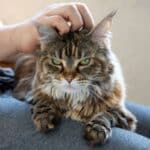A cat's such behavior is known as "midnight crazy" when she plays and roughhouses in brief bursts in the midnight. The cat may choose to entertain itself by hopping on the bed and pawing at your feet, elbows, hair, and face in an attempt to persuade you to join in. What leads a cat to be so hyperactive and disruptive?
A healthy kitten will be a restless, curious bundle of excitement. Although a cat's character varies as they get older, a healthy, happy cat will still play and amaze you in unpredictable ways. It's all part of the enjoyment of owning a cat as a pet.
Jump to:
- Some cats are up and 'raring to go' extremely early in the morning, or are busy at night.
- Make sure you're fulfilling your cat's recreational desires at the right times of day and early evening.
- If your kitten is too scared or anxious to sleep at night
- Kittens and young cats are more prone to engage in midnight activities
- Enhancing the cat's habitat can help in keeping the cat active
- If your cat is an indoor cat
- If you have cats, they may modify their schedule to match yours, especially if they never leave the house.
- Hunting behavior is innate
- Feline hyperesthesia
- If you find out your cat got fleas
- Each cat is unique
- Doing your research
Some cats are up and 'raring to go' extremely early in the morning, or are busy at night.
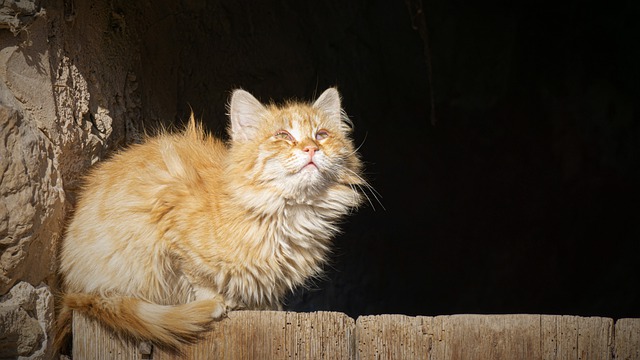
Since many cat parents are at work or school throughout the day, the cat, especially if it is the only pet in the home, may spend the daytime hours relaxing, and sleeping. When the cat's owner returns home, the cat's day begins with meal, playtime, and socializing.
Cats are also most active in exploration around dusk and dawn, since nighttime is the most natural time for them to be energetic (this is known as crepuscular behavior). Cats who nibble or bite on the owner's ears or toes in bed, wander across asleep owner, night time enunciation, or energetic play sessions across the furniture and/or owners during the night or early morning are all common problems for some cat owners.
Make sure you're fulfilling your cat's recreational desires at the right times of day and early evening.
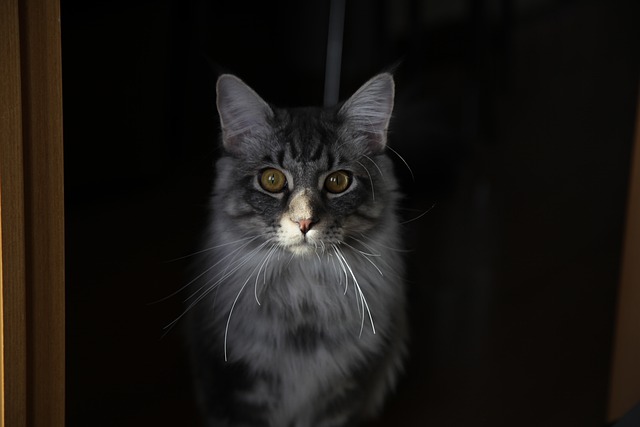
If you're at home during day, spend a little time with your cat by tossing cat toys for it. Keep your cat active and occupied during the day so she doesn't sleep more during the day, at least until she's used to sleeping at nighttime.
No products found.
If you're at work from 9 to 5, spend a little time playing with your cat before you head to work, and then engage with your cat again when you get home. About an hour before you go to sleep, have your final play session. But remember, you will get your cat all charged up if you play with it a lot right before bed, and she would be unable to fall asleep.
If your cat is particularly noisy or troublesome at night, you may need to confine her to a different bedroom or bathroom for the evening. Ensure that your cat has enough room to walk around in. Food, water, a litter box, and a scratch post must all be kept in the same room. Don't give in, if your cat starts whining for wanting to go out. If you do, you will be fulfilling what the cat wants and been vocalizing and scratching at the door for.
If your kitten is too scared or anxious to sleep at night

You can let it feel safer by simply sitting with it, holding her close, and gently caressing it. A softly playing radio tuned to an all-night discussion show or soft music channel also relaxes some cats. Others find it comforting to sleep with a toy or blanket from their prior nest, so that the smell of that familiar place is there. Put your kitty in its own bed once fully relaxed, and reward her if it stays there.
Kittens and young cats are more prone to engage in midnight activities
This is good news since it indicates that, with some time and patience, the cat will probably sleep more throughout the night when they get older.
Enhancing the cat's habitat can help in keeping the cat active
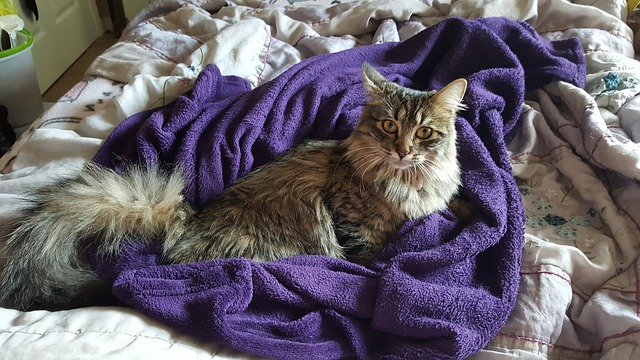
Which will prevent boredom through the day, as well as reducing restlessness at night. Here are some suggestions for improving environment for your cat.
Cats want to scrape to keep their nails well, so offer a variety of scratching posts. Some cats like horizontal posts to vertical ones, so mixing them around is a smart idea. Cats prefer to drink flowing water that is away from their food source in the wild, so investing in a cat water fountain is a wonderful way to improve their environment.
No products found.
Even though a house cat doesn't have to search for food, it still has to expend pent-up energy, which may manifest itself as bizarre behavior. Catnip mice, laser pointers, food puzzles, and feather wands are examples of toys that stimulate a cat to use its natural tendencies to grab, chase, and jump. If your cat does not have enough exercise outdoors, this is very crucial.
If your cat is an indoor cat
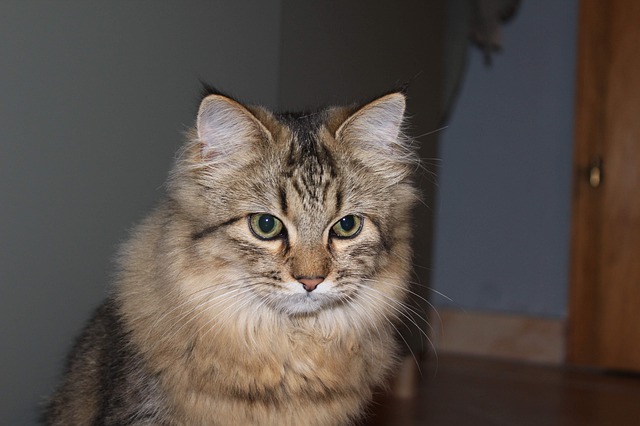
You should consider acquiring an outdoor cage to keep it stimulated while you are at work. If you have any plants, make sure they're healthy for cats and keep in mind that even some common plants, such like lilies, are fatally poisonous to cats, so make sure they're not on your property. To provide some extra entertainment, consider getting a catnip plant or cat grass.
If you have cats, they may modify their schedule to match yours, especially if they never leave the house.
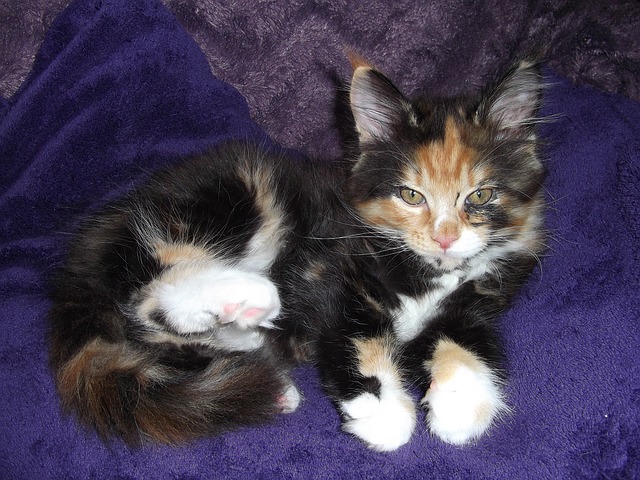
It isn't a set rule that applies to all cats. A cat that is well-fed, spayed or neutered, and has a clean litter box will never need to go outside. In most areas, outside is not a cat-friendly environment. You can observe your cat sleeping when you interact and play with him or her during the day if you provide him or her enough entertainment during the day.
Hunting behavior is innate
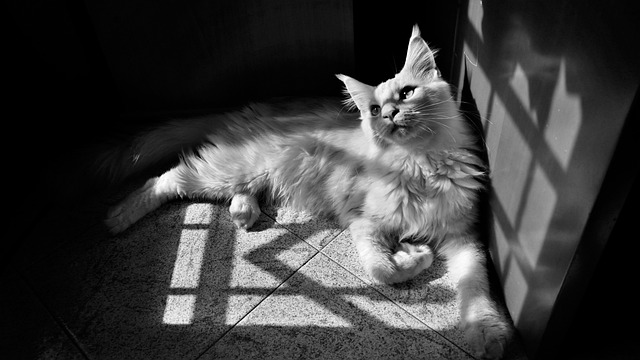
There is no need for a cat to hunt if you offer all of the food it requires; however, hunting behavior is innate, and that's where play comes in. Pet ownership of whatsoever kind entails a lot of responsibility, but having a cat entail even more. Unfortunately, far too many of us neglect cats in the house, leaving them to fend for themselves. They are sentient, thinking, emotional creatures that require affection and attention.
Although no one exactly knows why certain cats make noises, and it's most prevalent in elderly cats who are suffering from cognitive dysfunction (senility) and/or weak sightedness or hearing.
Feline hyperesthesia
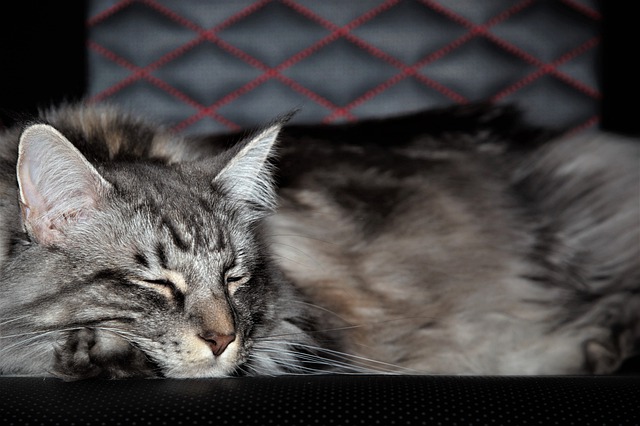
When accompanied with sudden dashing around the home with the fur on the back rolling, this type of sad calling in cats of any age can be the result of another physical ailment known as feline hyperesthesia, also known as rippling skin disorder. Hyperthyroidism, cancer, neurologic disease, and pain all are medical problems that can trigger cats to make excessive noises.
Veterinary assistance and treatment are advised for all of these illnesses.
A cat may act wildly and appear as if something is biting it, because it has fleas. Your cat may be hypersensitive to flea bites or simply have an itch it can't reach, especially when meowing is prevalent.
If you find out your cat got fleas
Treat all of the household's furry residents with a prescribed flea-killing and preventive treatment designed specifically for cats. You should also seek your veterinarian to examine whether the fleas have caused any secondary skin illnesses or reactions that need to be managed. You'll also need to cleanse the surrounding by deep cleaning, doing laundry, and, if your veterinarian recommends it, using flea bombs or area sprays.
Meows and tail waves can imply a variety of things to cats, depending on the circumstances. Your cat is seeking to communicate with you with each purr, screech, or even blink. The challenge is deciphering what it's saying.
According to experts, there is something to be learned from these efforts at communicating. Learning to interpret your cat's body language, for example, can help you strengthen your bond with it and become more adept at reacting to its demands.
Each cat is unique
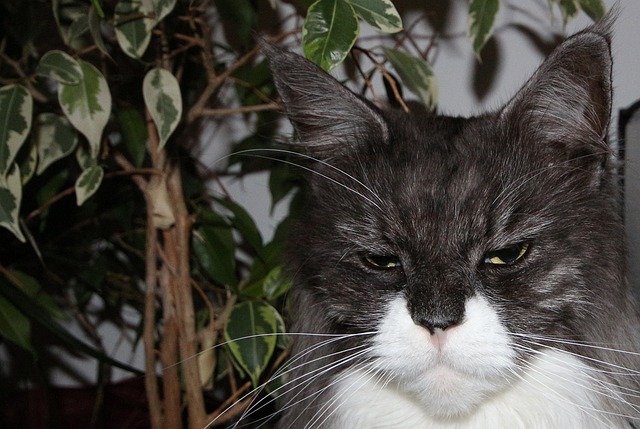
The best place to begin is by simply observing your cat. Keep a mental record of the place and circumstances in which the "mad" conduct occurs. Take note of your cat's body language, noises, the time of day, and what he or she has done recently. Has your cat recently eaten, groomed, or scratched its rear? Before your cat rushed into the other room, did you hear a playful meow?
You'll probably begin to put together the triggers of your cat's crazy in various scenarios with patience and careful observation. This can help you understand what is normal for your cat and when any weird behavior is a sign of a medical problem that should be investigated by your veterinarian.
It's not always easy to figure out what led your cat to go a little crazy all of a sudden. Cats, to be truthful, are a little hard to translate because of their tantrums. Many people are familiar with fundamental dog's voices and behaviors, but remain confused with basic cat behaviors.
Doing your research
Learning your cat's natural behavior, and maintaining a careful eye on changes in your cat’s behavior might work for long-term way toward helping your needy cat stop seeking attention.

